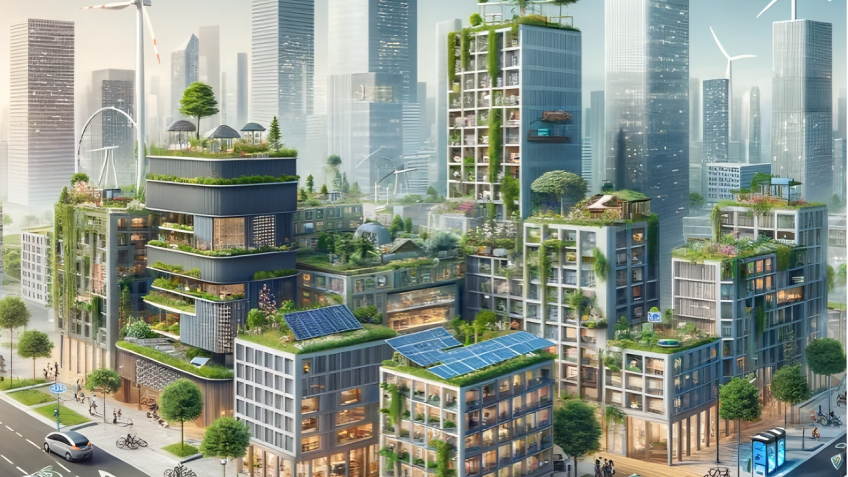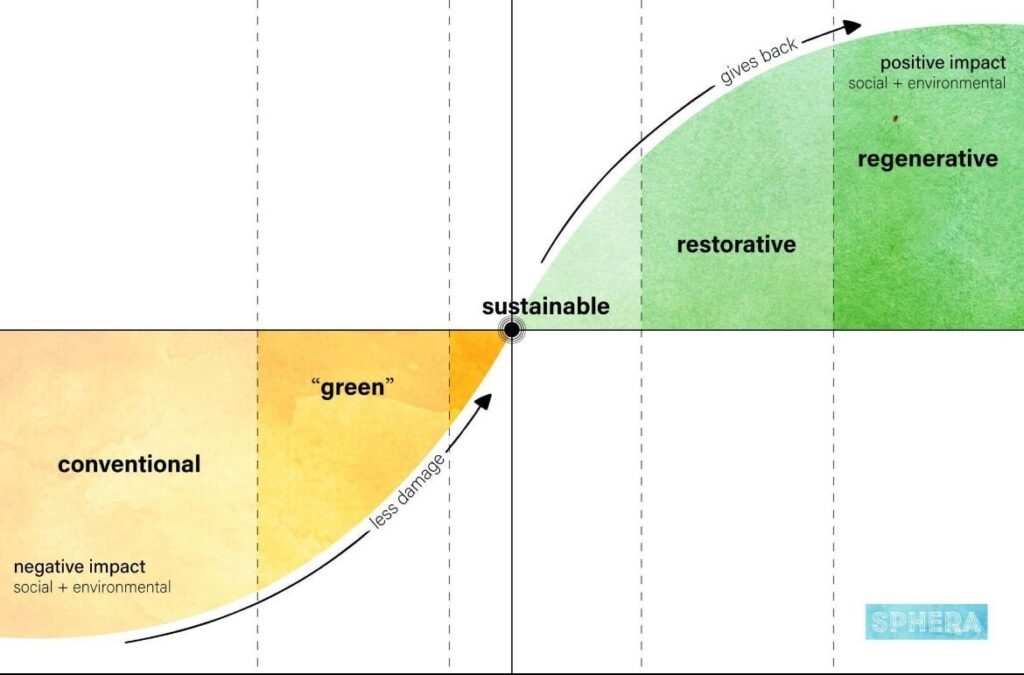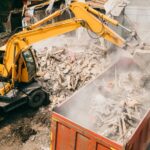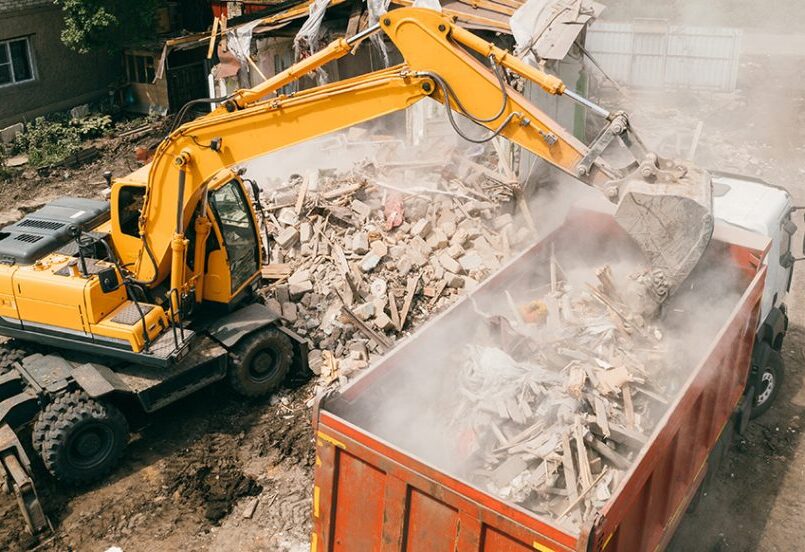Regenerative Sustainability in the Built Environment: Creating a Living Urban Ecosystem
The modern concept of sustainability in the built environment has evolved significantly in recent years. Initially focused on reducing harm, sustainability aimed to lessen the negative impact of construction on the environment by cutting down energy use, reducing waste, and minimizing carbon emissions. While these practices are valuable, they often fall short of creating truly sustainable cities. The future lies in a more ambitious approach: regenerative sustainability.
Regenerative sustainability seeks not only to reduce the damage caused by the built environment but also to create spaces that actively contribute to and enhance the natural ecosystem. It envisions buildings and infrastructure as living systems that generate energy, clean water, sequester carbon, and even produce food, contributing positively to the environment rather than merely reducing harm.
Beyond Sustainability: Building a Regenerative Future
Regenerative sustainability goes beyond the standard checklist of energy efficiency, water conservation, and waste reduction. Instead, it asks: How can our built environment become a functioning part of nature? How can buildings and infrastructure become resources that benefit the environment and society at large?
Imagine urban environments where buildings capture rainwater, sequester carbon, clean the air, treat pollutants, and produce food. Cities where green infrastructure helps defend against flooding, creates habitats for pollinators, reduces urban heat islands, and reconnects people with nature. While this vision may seem utopian, the seeds of this future are already being planted in forward-thinking projects.
The PAE Living Building: A Blueprint for Regeneration
A prime example of regenerative sustainability is the PAE Living Building in Portland, Oregon. This pioneering project exemplifies how the built environment can work in harmony with nature. The PAE Living Building captures and treats rainwater to potable standards, recycles greywater, and even treats blackwater using a composting system. More remarkably, it captures nutrients like nitrates and phosphates from sewage, transforming them into valuable fertilizers that can be used in agriculture.
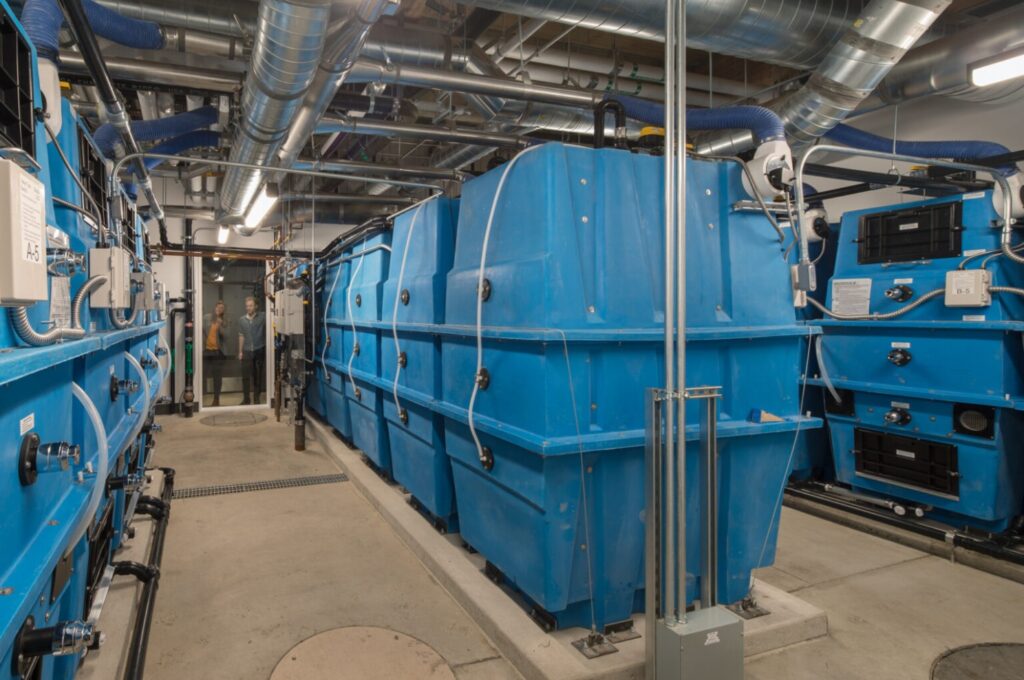
By capturing and repurposing nutrients from wastewater, the PAE Living Building reduces the need for energy-intensive, industrially produced fertilizers. This closed-loop approach minimizes the burden on municipal utilities to provide water and wastewater treatment, demonstrating how waste can be transformed into a resource. Such solutions reduce reliance on external resources and eliminate the environmental degradation associated with mining and manufacturing fertilizers.
Designing Buildings That Heal
Regenerative sustainability emphasizes not just low-impact design but “positive-impact” architecture that helps regenerate the natural systems around it. For example, buildings can incorporate green roofs and living walls that not only insulate but also provide habitats for biodiversity. Urban planning can integrate green corridors that facilitate species migration, enhance stormwater management, and combat urban heat island effects.
In addition to technical solutions, regenerative sustainability fosters a deeper connection between humans and nature. By incorporating nature-based solutions like biophilic design into urban environments, buildings can promote mental and physical well-being while helping to repair damaged ecosystems. For instance, integrating more green spaces into cities has been shown to reduce stress, enhance productivity, and increase overall happiness in urban dwellers.
Practical Examples of Regenerative Projects
1. The Bullitt Center (Seattle, USA): This building not only generates more energy than it consumes but also treats all its own water and waste on-site. Its photovoltaic panels and rainwater collection system provide energy and water self-sufficiency while its composting toilets treat human waste as a valuable resource.
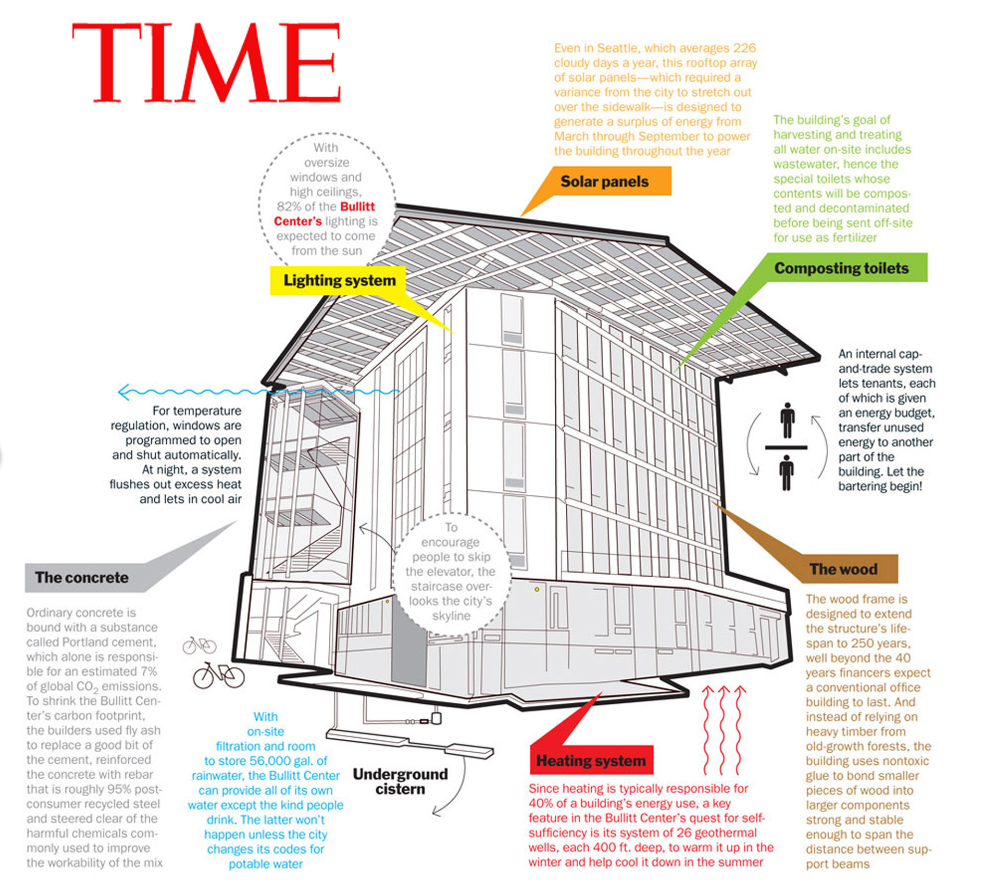
2. The Green City Kigali Master Plan (Rwanda): Rwanda’s initiative for a green city highlights how urban design can align with regenerative principles. Through the use of local materials, climate-resilient infrastructure, and sustainable urban farming, the Green City Kigali aims to create a self-sustaining urban ecosystem that nurtures both people and nature.
3. King’s Cross Redevelopment (London, UK): A vast regeneration project that reimagines a formerly industrial area with a focus on green infrastructure. It incorporates rainwater harvesting, ecological restoration, and open spaces, creating an urban environment that supports biodiversity and improves climate resilience.
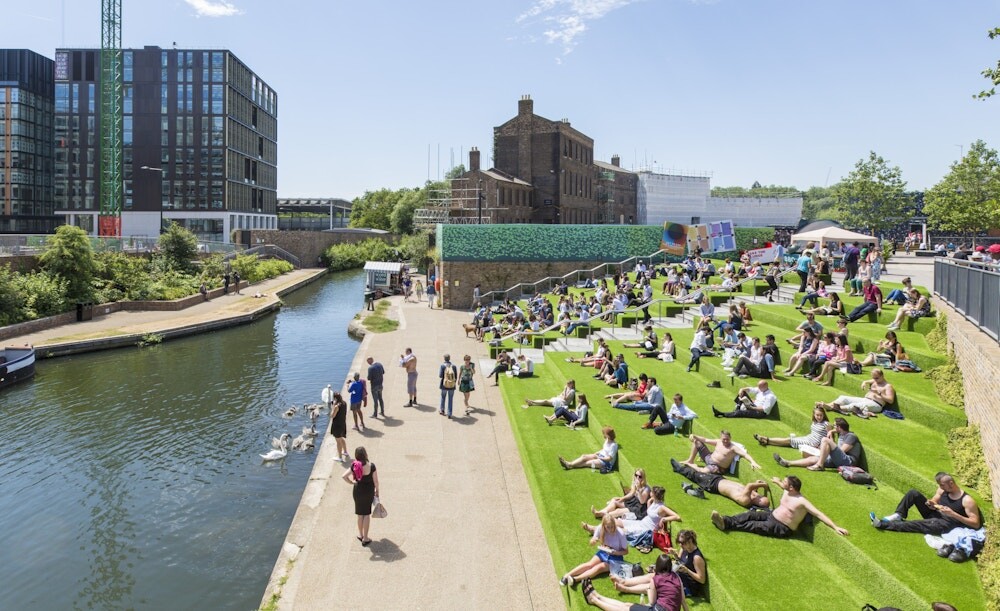
Shifting Toward a Regenerative Paradigm
While these examples show that regenerative sustainability is possible, scaling these innovations across entire cities and regions will require systemic change. Urban planners, other design consultants, and policymakers must work together to create frameworks that encourage regenerative development. This includes rethinking zoning laws, incentivizing regenerative technologies, and fostering public awareness about the benefits of nature-based solutions.
Ultimately, regenerative sustainability is not just about the survival of our cities but about their ability to thrive and coexist with the ecosystems around them. It offers a hopeful vision for the future, where urban environments contribute to the health and vitality of the planet.
The challenge is immense, but the solutions are within reach. By reimagining the built environment as a living ecosystem, we can build cities that heal both people and the planet.
